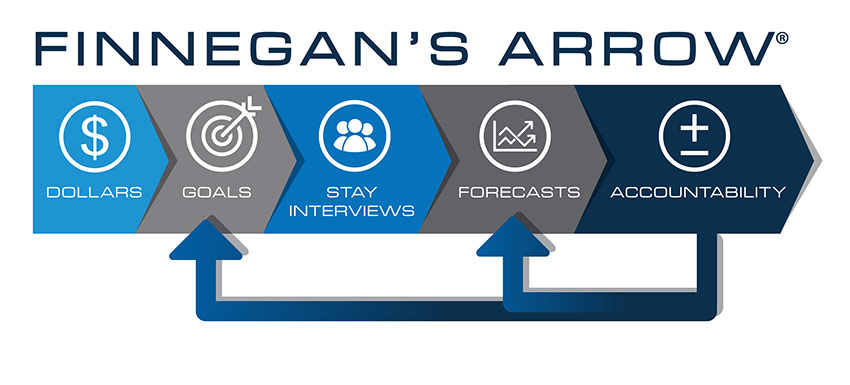What exactly is employee retention?
Employee retention is keeping the employees you want to keep, the ones who meet or exceed standards and provide outstanding service to customers and colleagues.
What is the importance of employee retention?
Employee retention is important because employees are the backbone to any business. Employees drive customer satisfaction which in turn drives revenues and profits. Yet employee turnover has never been worse as 28% of all employees leave their jobs each year. Even more concerning is employee engagement in the U.S. hasn’t changed this century, as just one-third of our employees are fully engaged in their work. Studies show that salespeople who provide just 10% more effort actually increase sales by 23%.
What are strategies for retaining employees?
Most companies start in the wrong direction, using data from employee surveys and exit surveys to develop one-size-fits-all programs. For recognition they implement employee-of-the-month and award company clocks for ten years of service. For communication they schedule more meetings and show CEO videos. These ideas miss because the #1 reason employees stay or leave…or for that matter engage or disengage…is how much they trust their direct supervisors. So company programs about pay, benefits, and other aspects of work have little impact on employee retention and engagement. The proof is that turnover continues to spike and engagement has not improved this century.
What about a plan? How do I create an employee retention plan?
As you re-think strategies for employee retention, why shouldn’t your approach be the same as for sales and service? CEOs and other executives fully grasp that success requires the right tools matched with fair accountability…and these solutions are missing from most companies’ approaches for retention.
Finnegan’s Arrow™ was developed to align business strategies to retention strategies:
Companies across all industries have applied Finnegan’s Arrow to reduce employee turnover by following each component indicated above:
1. Dollars indicates the importance of converting turnover to actual dollar costs to both emphasize its impact and reduce the influence of worthless benchmarks
2. Goals follow, as once executives recognize turnover’s massive costs they are compelled to establish retention goals for leaders on all levels
3. Stay Interviews then become each leader’s best retention solution, as leaders are trained to ask five Stay Interview questions, listen, probe, and take notes, all to develop individualized stay plans for each employee
4. Leaders then forecast how long each employee will stay
5. Executives then drive accountability to ensure each leader achieves his retention goals and develops accurate forecasts
What additional strategies for retaining employees work best?
In addition to implementing all five components of Finnegan’s Arrow, these ideas help to cut turnover, too:
- Hire at least 50% of new employees via employee referrals because referrals stay longer, perform better, and will even work for less pay
- Implement realistic job previews so candidates learn the top reasons past employees have quit or were terminated, so they fully grasp the most challenging and least attractive parts of the job/span>
- Make retention-improving job offers by asking candidates to say “no” unless they can envision staying with your company for one year or longer
- Ensure new-hire trainers are internally certified, by learning how adults learn and training according to those principles
- Reinforce all successful retention implementations by reminding leaders how much turnover costs and the dollar amounts saved, using our Turnover Cost Calculator to measure results


